Dr. Rebecca Gimenez Husted was a popular presenter at the 2018 Best Horse Practices Summit. She provided some horse-owning particulars for preparedness here. For more information, visit her organization TLAER or Facebook page.
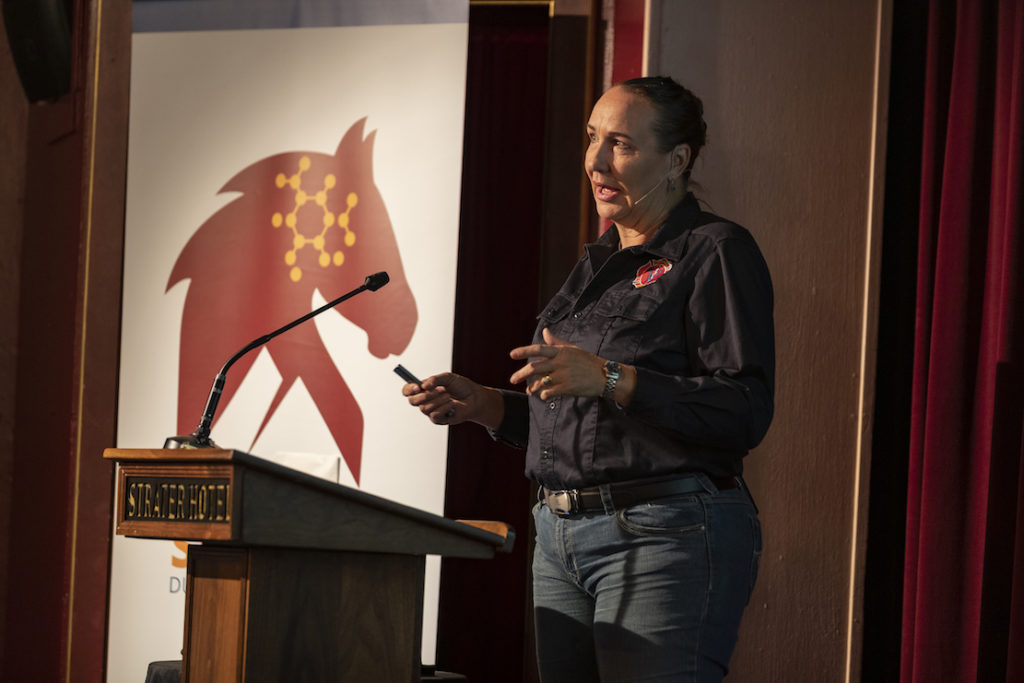
Dr. Rebecca Gimenez Husted
We have a great library of Emergency topics here.
Husted writes:
Ready for Christmas?
Be a hero to your horse and get some of the simple things that you can actually use to save your horse in an emergency, and keep yourself safe in the event of an emergency.
These simple tools allow you to perform a huge variety of simple rescue manipulations of cast horses, trapped in mud or ditches or holes or with a hoof thru a stall divider or trailer entrapment. To me, this is a wiser use of purchasing power than those fancy looking blankets in the catalogs (and in case you didn’t know – blankets on horses in a wildfire zone or a barn fire lead to horrific tragedies). Read more about blanketing here.
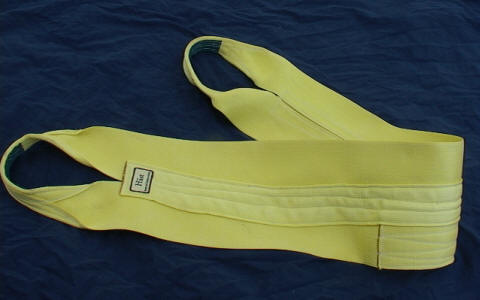 • 2 Webbings (10 cm wide, 6-10m long with looped ends) $100 see HAST
• 2 Webbings (10 cm wide, 6-10m long with looped ends) $100 see HAST
• Gloves $15 locally available
• Helmet (with chinstrap) $120 Rescue quality (Petzl) – available online
• Firearm for field euthanasia
• Reciprocating Saw with Battery pack $120 locally available at hardware stores
• Heavy duty cane, telescoping Boat Hook or Reach Tool $20 (marine or dock stores)
• 10 meters of rope (1/2 inch preferred) $25 local hardware stores
• Reflective Vest / Jacket $10 local safety or hardware store
• Identification / Certification tags (check out HayPillow’s offerings here)
• Hand Tools, Duct Tape, Hay Twine $15 local hardware store
TOTAL = $425 (firearm not included)
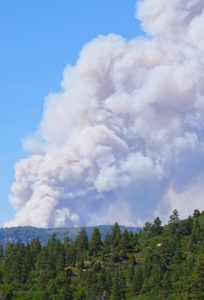 Familiarize yourself with use of the webbing and tools for cast or down horses before you try it in an emergency.
Familiarize yourself with use of the webbing and tools for cast or down horses before you try it in an emergency.
Check out – Best Practices for Manipulations of Down Horses
Then you need to take a look at your personal wildfire/hurricane/catastrophe preparedness for an evacuation of your property:
Do you know how to be alerted if there is a predictable disaster coming?
Do you have the apps on your phone or computer that can track the progress of wildfires, hurricanes or other looming disasters?
When you know you are in a looming disaster evacuation zone, there are some basic things you need to do so that you can LOAD-AND-GO with your family, animals and personal valuables in a couple of minutes if you have to. Is your horse ready for uncertainty? Read article.
•Truck hitched to Trailer
•Truck fueled and pointed down the driveway
•3 days worth of food, meds, water loaded up
•Valuables packed and ready and locked up
•Go bags packed and loaded (whatever you need to live and function in a disaster shelter)
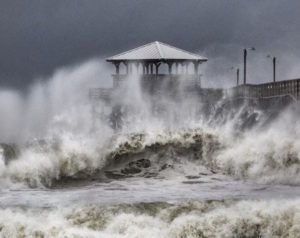 Everyone contributes to, communicates, and knows the plan which includes:
Everyone contributes to, communicates, and knows the plan which includes:
•Go-To location / shelter coordinated ahead of time
•Regular updates on fire radio and media – see NOAA
Some tips for general disaster preparation (before any disaster happens). These risk assessment efforts will pay off by determining the hazards that can actually happen to you.
• Find where your property lies in the flood maps.
• Get a weather radio and learn to use it.
• Download and use apps for evacuation zones for nuclear facilities, earthquakes, mudslides, etc.
• Regularly fix fences, clean up the hazards in your pastures, and put in a secondary to prevent animals escaping your property.
• Maintain your truck and trailer at all times so that you can evacuate in an emergency.
• Fence off any dam, pond, or waterhole for the winter to prevent mud entrapment and surface ice emergencies. If the animals have to use watercourses for access to fresh water, ensure the ice is regularly broken and that there is no chance of the animals going out onto the surface ice.
• Develop an evacuation plan and actually practices it. Hitch the trailer, load the stuff, load the animals, etc. and drive to a local park to practice. Time it.
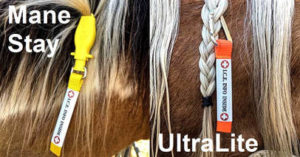 How can you improve the plan? What did you forget that you would need in a real emergency? Where would you really go if it was out of state or out of the region? Coordinate these things ahead of time.
How can you improve the plan? What did you forget that you would need in a real emergency? Where would you really go if it was out of state or out of the region? Coordinate these things ahead of time.
Next, if you keep your horses in a barn or any kind of structure, you will want to make sure that your horses’ bedroom is a safe place for him to live by preventing fires. Research shows that actual removal of horses from barn fires is rare, difficult and dangerous. It requires someone to be present when the fire starts to remove the horses within 5-7 minutes.
The most important change you can make is to contact an electrical contractor and have them update all electrical wiring and power panel concerns. A challenge for barns in many areas is that they don’t require adherence to codes because they are agricultural. Just because the lights turn on doesn’t mean it is a safe place for your horse.
Reduce all the combustibles (don’t store hay in the barn) and remove obstacles blocking egress for both people and horses. You will need to ensure that there are exits / egresses sufficient for size of barn (less than 50 feet to an exit).
Install and maintain smoke detection and alarm system that will alert you and the fire department to the smoldering fire. (This isn’t a $5 battery detector from your local store – this needs to be hardwired into the barn and connected to the security system and notification system. Call a contractor and get a quote on a system that is appropriate for outdoor use in barns so that you can sleep at night.)
Read this important article on Barn Configuration.
Access to stalls from the outside is the best way to allow responders to extricate horses from a barn once it is on fire. It is extremely dangerous to go down the interior alley due to smoke and the danger of roof collapse. Even better is to build in a runout plan from the outside doors of the stalls so that horses can leave to a paddock or pasture away from the barn without having to be individually caught and led or held.
Be your horse’s hero by prevention, planning and coordinating ahead of time.
all good info..thanks.